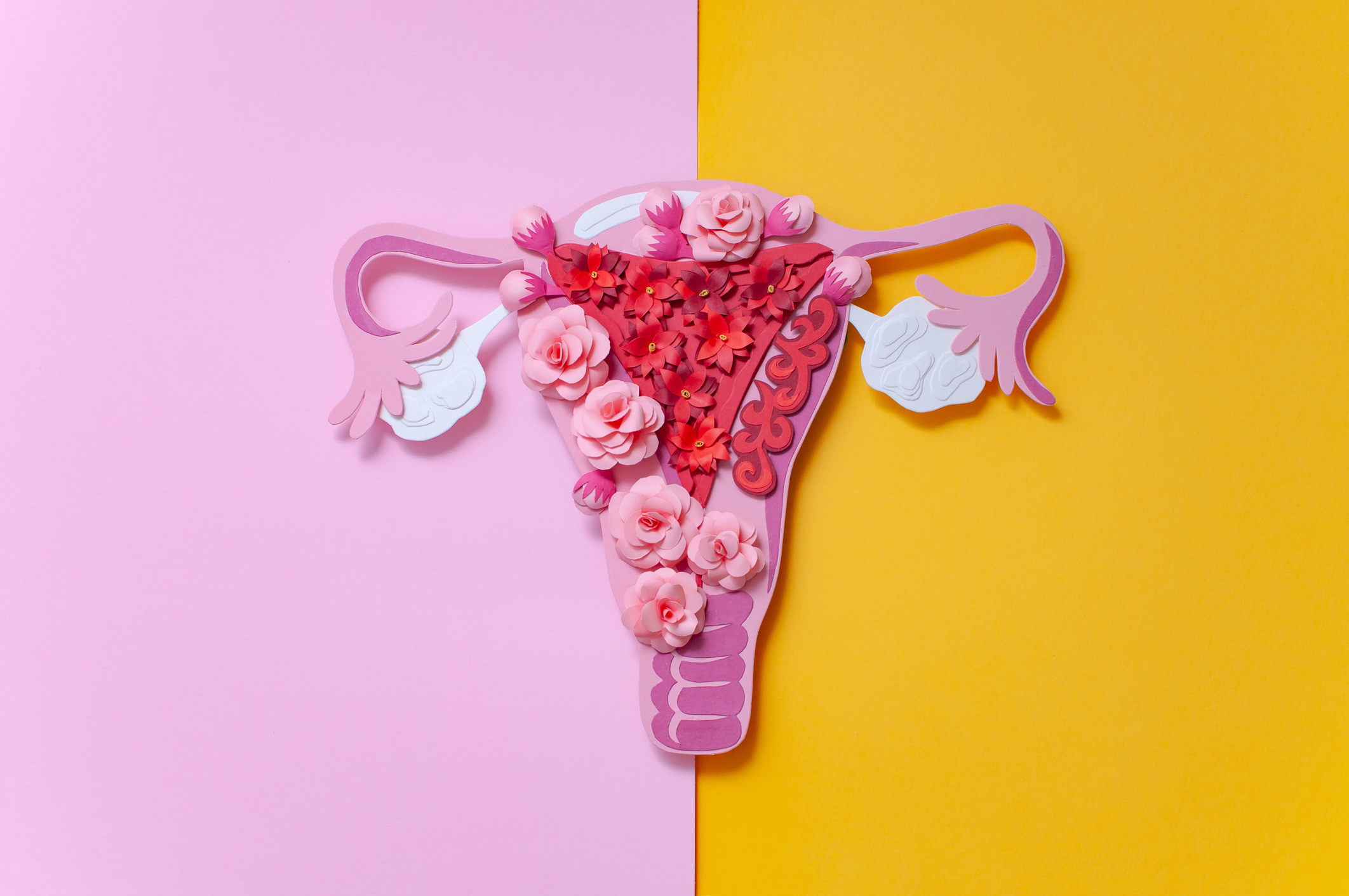Pregnancy and breastfeeding prevent ovulation and may slow the depletion of the ovarian follicle pool. These factors may lower the risk of early menopause, a condition associated with increased risk of cardiovascular disease and other adverse health outcomes.
To examine the association of parity and breastfeeding with the risk of early menopause.
This population-based cohort study within the Nurses’ Health Study II cohort (1989-2015) included premenopausal participants who were aged 25 to 42 years at baseline. Response rates were 85% to 90% for each cycle, and follow-up continued until menopause, age 45 years, hysterectomy, oophorectomy, death, cancer diagnosis, loss to follow-up, or end of follow-up in May 2015. Hypotheses were formulated after data collection. Data analysis took place from February to July 2019.
Parity (ie, number of pregnancies lasting ≥6 months) was measured at baseline and every 2 years. History and duration of total and exclusive breastfeeding were assessed 3 times during follow-up. Menopause status and age were assessed every 2 years.
Risk of natural menopause before age 45 years.
At baseline, 108 887 premenopausal women aged 25 to 42 years (mean [SD] age, 34.1 [4.6] years; 102 246 [93.9%] non-Hispanic white) were included in the study. In multivariable models, higher parity was associated with lower risk of early menopause. Hazard ratios were attenuated with adjustment for breastfeeding but remained significant. Compared with nulliparous women, those reporting 1, 2, 3, and 4 or more pregnancies lasting at least 6 months had hazard ratios for early menopause of 0.92 (95% CI, 0.79-1.06), 0.84 (95% CI, 0.73-0.96), 0.78 (95% CI, 0.67-0.92), and 0.81 (95% CI, 0.66-1.01), respectively (P for trend = .006). In multivariable models also adjusted for parity, hazard ratios for duration of exclusive breastfeeding of 1 to 6, 7 to 12, 13 to 18, and 19 or more months were 0.95 (95% CI, 0.85-1.07), 0.72 (95% CI, 0.62-0.83), 0.80 (95% CI, 0.66-0.97), and 0.89 (95% CI, 0.69-1.16), respectively, compared with less than 1 month of exclusive breastfeeding (P for trend = .001). Despite the significant test for trend, estimates were not observed to be lower as duration of exclusive breastfeeding increased. In a stratified analysis of parous women, risk of early menopause was lowest among those reporting exclusive breastfeeding for 7 to 12 months in each level of parity (women with 2 pregnancies and 7-12 months of breastfeeding: HR, 0.79; 95% CI, 0.66-0.96; ≥3 pregnancies and 7-12 months of breastfeeding: HR, 0.68; 95% CI, 0.52-0.88; 2 pregnancies and ≥13 months of breastfeeding: HR, 0.87; 95% CI, 0.66-1.15; ≥3 pregnancies and 13-18 months of breastfeeding: HR, 0.86; 95% CI, 0.66-1.13; and ≥3 pregnancies and ≥19 months of breastfeeding: HR, 0.98; 95% CI, 0.72-1.32).
In this study, an inverse association of parity with risk of early menopause was observed. Breastfeeding was associated with significantly lower risk, even after accounting for parity. Breastfeeding at levels consistent with current recommendations may confer an additional benefit of lower risk of early menopause.
Association of Parity and Breastfeeding With Risk of Early Natural Menopause.


